Psilocybin effects encompass a spectrum of psychoactive alterations induced by consuming mushrooms containing the compound. These effects typically include perceptual distortions, altered sense of time, and changes in mood and cognition.
Psilocybin Effects include alterations in perception, mood, and cognition, often leading to vivid visual hallucinations and introspective experiences. Users may also experience a sense of time distortion and a heightened connection to their surroundings. These effects are typically dose-dependent, with lower doses inducing mild euphoria and heightened sensory perception, while higher doses may lead to profound mystical experiences and ego dissolution
Dive into the kaleidoscopic realm of psilocybin effects, where perception shifts, and reality dances on the edge of consciousness. Explore the depths of your mind as the world transforms into a tapestry of vivid colors and patterns, revealing hidden truths and unlocking profound insights. Experience the timeless embrace of altered states, where time itself becomes a fluid concept, and ego dissolves into the cosmic symphony of existence.
The Journey to Altered Consciousness
When psilocybin is consumed, either by ingesting the mushrooms themselves or through a purified extract, it embarks on a remarkable journey through the body. Almost immediately, the compound encounters an enzyme called alkaline phosphatase, which strips away a phosphate group from its molecular structure. This chemical transformation yields psilocin, the true protagonist of the psychedelic experience.
Psilocin, a simple yet potent molecule, possesses the remarkable ability to cross the blood-brain barrier, a tightly regulated gateway that protects the brain from harmful substances. Once inside the brain, psilocin seeks out and binds to specific receptors on the surface of neurons, primarily the serotonin 2A (5-HT2A) receptors.
Serotonin, a neurotransmitter well-known for its role in regulating mood, sleep, and appetite, also plays a crucial part in the brain’s perception of reality. By mimicking serotonin and activating its receptors, psilocin sets off a cascading chain of neurochemical events that profoundly alter the brain’s normal patterns of activity, ultimately leading to the characteristic psychedelic experience.
Neuronal Synchronization and Functional Connectivity
One of the most striking effects of psilocin is its ability to increase synchronization and functional connectivity between different regions of the brain. In our normal waking state, various brain networks operate relatively independently, each focused on specific tasks or functions. However, under the influence of psilocin, these networks begin to communicate and synchronize in new and profound ways.
Functional magnetic resonance imaging (fMRI) studies have revealed that psilocin enhances the cross-talk between brain networks that are typically segregated, such as the default mode network (DMN) and the task-positive network. The DMN is associated with introspective thought, self-referential processing, and mind-wandering, while the task-positive network is involved in externally-focused attention and goal-directed behavior.
This increased communication between these two disparate networks is thought to contribute to the subjective experience of ego dissolution and altered perception of self and surroundings that is so often reported during a psychedelic trip. It’s as if the boundaries between the internal and external worlds begin to blur, leading to a profound sense of interconnectedness and a shifting of consciousness.
Perception and Visual Processing
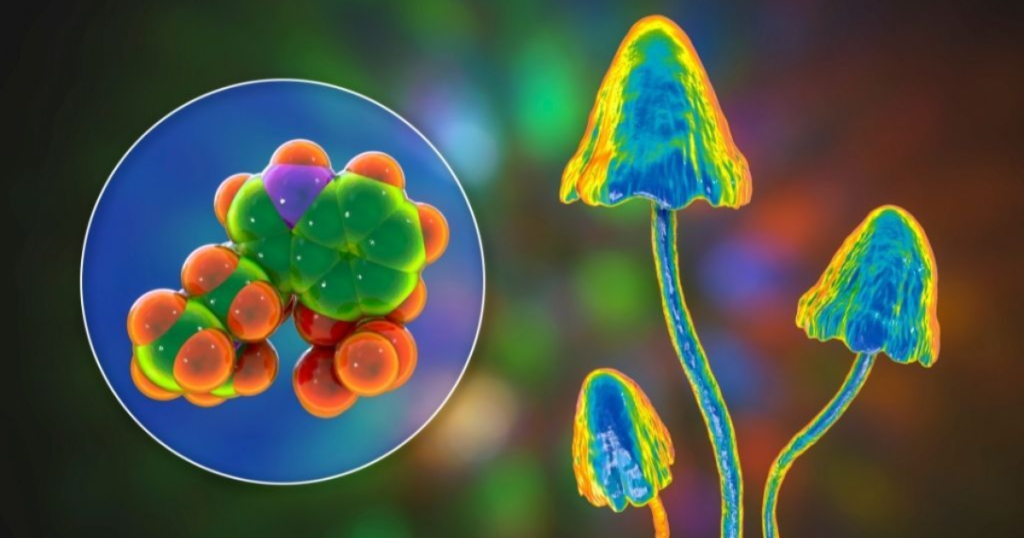
Perhaps one of the most captivating aspects of the psychedelic experience is the profound alteration of visual perception and processing. Users often report vivid visual hallucinations, distortions in color, shape, and movement, and an enhanced appreciation for patterns and symmetry in their surroundings.
These visual effects are thought to arise from psilocin’s interactions with the visual cortex and other brain regions involved in visual processing. Functional imaging studies have revealed increased blood flow and metabolic activity in the visual cortex during a psilocybin experience, suggesting heightened visual processing.
Furthermore, psilocin has been shown to disrupt the normal hierarchical processing of visual information in the brain. Typically, visual input is processed in a hierarchical manner, with low-level sensory information being integrated and interpreted at progressively higher levels of processing. However, under the influence of psilocin, this hierarchical structure is disrupted, leading to a blending of low-level sensory input and higher-level conceptual processing.
Emotion and Introspection
Psychedelic experiences are often described as emotionally intense and introspective, with users reporting profound insights, a sense of interconnectedness with the universe, and a renewed appreciation for life. These subjective experiences likely stem from psilocin’s effects on brain regions involved in emotion, memory, and self-reflection.
Studies have shown increased activity in the amygdala, a key region for processing emotions, during a psilocybin experience. Additionally, increased functional connectivity between the amygdala and other brain regions involved in emotional processing, such as the anterior cingulate cortex and prefrontal cortex, has been observed.
Psilocin has also been found to modulate activity in the hippocampus, a brain structure crucial for memory formation and retrieval. This may contribute to the vivid recall of personal memories and life events that often occurs during a psilocybin trip, as well as the integration of new insights and perspectives into one’s personal narrative
Read More:
ENIGMATIC BEAUTY OF ALBINO PENIS ENVY MUSHROOMS
Therapeutic Potential
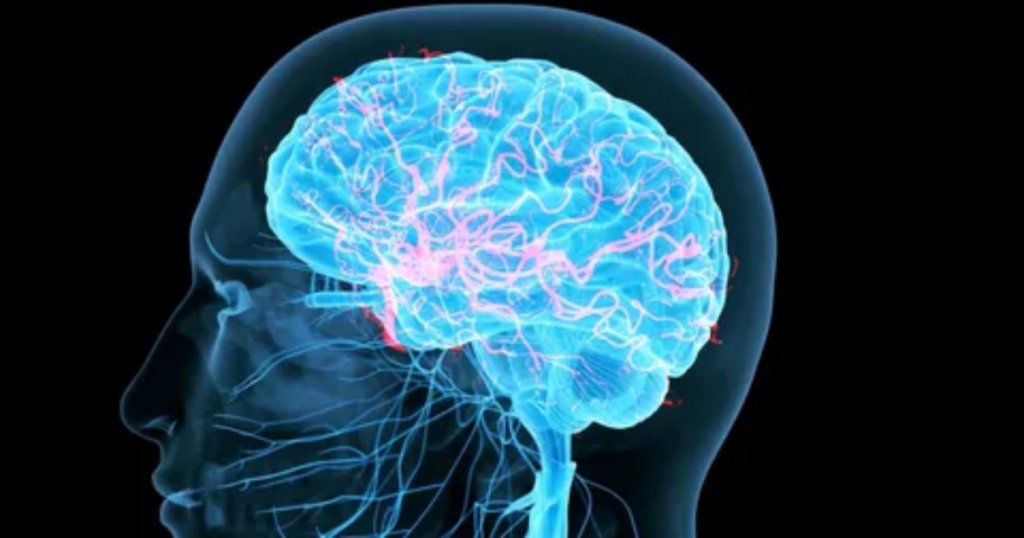
The profound effects of psilocybin on brain function and consciousness have led to a resurgence of interest in its potential therapeutic applications. After decades of prohibition and stigmatization, scientific research is once again exploring the use of psychedelics like psilocybin in the treatment of various mental health conditions.
One of the most promising areas of research is the use of psilocybin-assisted therapy for treatment-resistant depression. Clinical trials have shown that a single dose of psilocybin, combined with psychological support, can lead to significant reductions in depressive symptoms, with some participants experiencing sustained improvements for several months or even years.
The mechanisms underlying these therapeutic effects are not yet fully understood, but they are thought to involve psilocin’s ability to disrupt rigid patterns of thought and behavior, promote neuroplasticity (the brain’s ability to reorganize and form new connections), and facilitate emotional processing and self-reflection.
Researchers have also explored the use of psilocybin in the treatment of anxiety disorders, addiction, and end-of-life distress. In one study, cancer patients with anxiety and depression related to their terminal diagnoses reported significant improvements in mood and quality of life after participating in psilocybin-assisted therapy.
While the results from these clinical trials are promising, it’s important to note that psilocybin is still classified as a Schedule I controlled substance in the United States, meaning it is currently illegal for medical or recreational use. However, as more research emerges and our understanding of the therapeutic potential of psychedelics grows, there is hope that psilocybin and other psychedelics may one day become integrated into mainstream mental health treatments.
The Importance of Set and Setting
One of the key principles in the responsible use of psychedelics like psilocybin is the concept of “set and setting.” Set refers to the mindset, intentions, and emotional state of the individual embarking on the psychedelic journey, while setting encompasses the physical and social environment in which the experience takes place.
Researchers and practitioners emphasize the importance of creating a safe, supportive, and comfortable environment for psychedelic experiences, as well as the need for proper preparation, guidance, and integration support. This may involve screening for potential risk factors, providing psychotherapy or counseling before and after the experience, and ensuring the presence of trained facilitators or therapists during the session.
By carefully curating the set and setting, individuals can minimize potential risks and adverse reactions, while maximizing the therapeutic and transformative potential of the psychedelic experience.
Responsible Use and Ethical Considerations
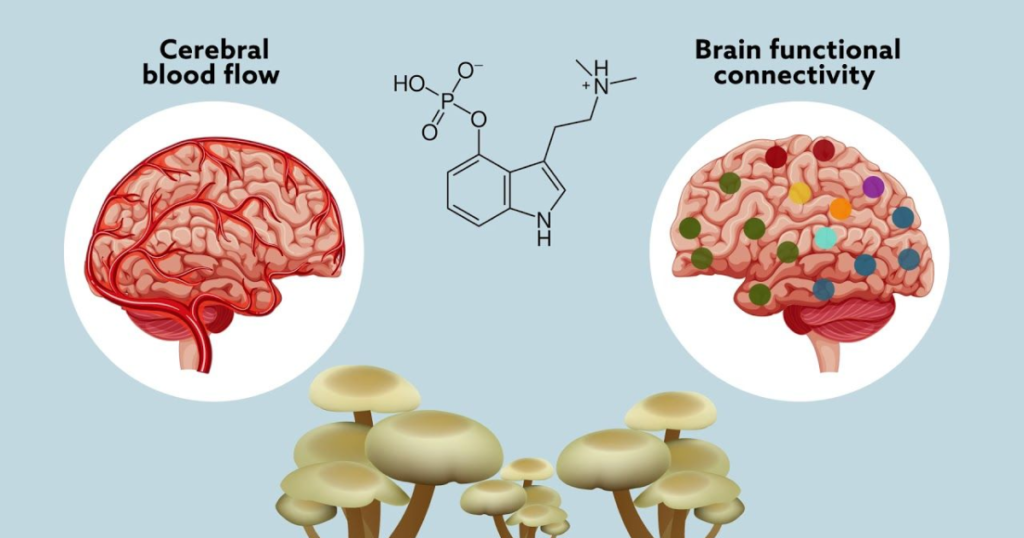
As with any powerful substance or technology, the use of psilocybin and other psychedelics raises important ethical considerations. While the potential therapeutic benefits are compelling, there are also concerns about potential risks, abuse, and the need for proper regulation and oversight.
One of the key challenges is navigating the complex legal and regulatory landscape surrounding psychedelics. While some jurisdictions have begun to decriminalize or deprioritize the enforcement of laws related to psilocybin possession and use, it remains illegal in most parts of the world.Researchers and advocates emphasize the need for responsible use, proper screening and preparation, and the involvement of trained professionals in the administration and integration of psychedelic experiences.
Additionally, there are concerns about the potential for psychedelics to be misused or abused, particularly in uncontrolled or recreational settings. While psilocybin is generally considered non-addictive and physiologically safe when used responsibly, it can produce intense psychological effects and potential risks, such as anxiety, paranoia, or psychotic episodes in certain individuals.
FAQs
Is psilocybin addictive?
No, psilocybin is not considered addictive in the traditional sense. It does not produce physical dependence or withdrawal symptoms when discontinued.
How long does a psilocybin trip last?
The effects of psilocybin typically last between 4-6 hours. The peak experience occurs around 2-3 hours after ingestion and gradually subsides over the following hours.
Can psilocybin cause permanent changes in brain function?
Current research suggests psilocybin may promote neuroplasticity and facilitate lasting changes in brain connectivity and function, but more studies are needed to fully understand the long-term impacts.
Is psilocybin legal?
In most countries, including the United States, psilocybin is currently classified as an illegal substance. However, some cities and states have decriminalized or deprioritized its possession and use.
How does psilocybin affect visual perception?
Psilocybin can significantly alter visual perception, causing vivid hallucinations, distortions in color and shape, and an enhanced appreciation for patterns and symmetry. This is due to its effects on the visual cortex and disruption of normal visual processing in the brain.
Conclusion
The science behind psilocybin’s effects on the brain is a fascinating and rapidly evolving field of study. By understanding the mechanisms through which psilocin, the active metabolite of psilocybin, interacts with various brain regions and neurotransmitter systems, we can gain valuable insights into the neurological underpinnings of consciousness, perception, and emotion.
While the potential therapeutic applications of psilocybin are promising, particularly in the treatment of mental health conditions like depression and anxiety, it is crucial to approach this powerful substance with caution and respect. Responsible use, proper preparation, and guidance from trained professionals are essential for navigating the profound and potentially challenging experiences that psilocybin can facilitate.
As research into the therapeutic potential of psychedelics continues to progress, it is essential to address the ethical and legal considerations surrounding their use. By exploring psychedelics like psilocybin with a commitment to scientific rigor, harm reduction, and ethical practices, we may unlock new avenues for healing, personal growth, and a deeper understanding of the human mind.

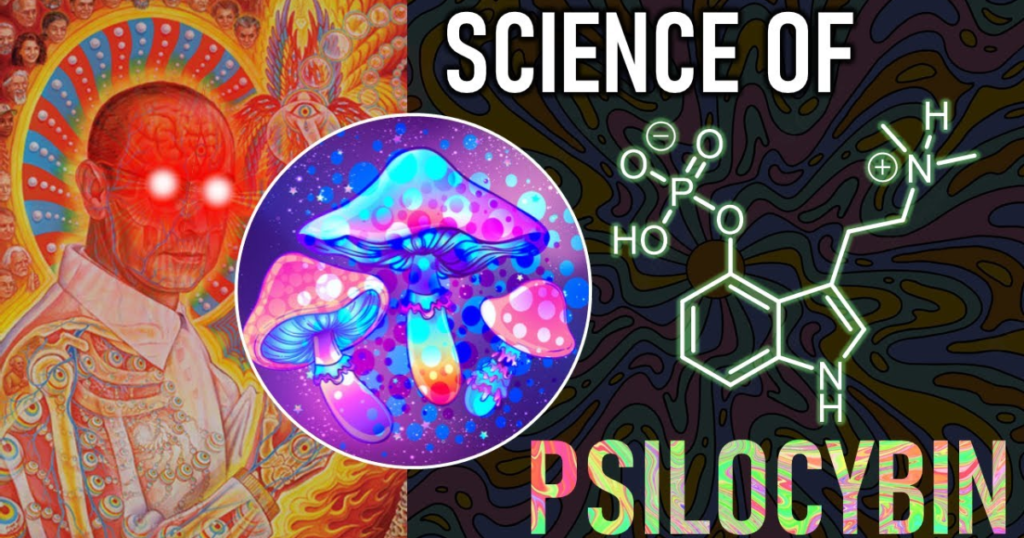
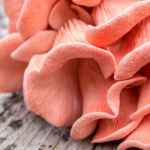
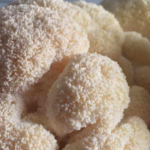
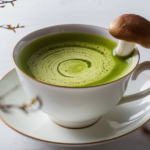
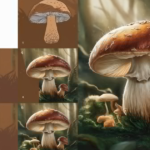

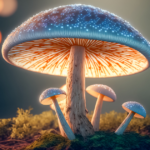
1 thought on “Psilocybin Effects On the Brain – The Science Behind Psilocin”